California regulators suspended the permit allowing General Motors’ subsidiary Cruise to operate a fleet of driverless robocabs on the streets of San Francisco. The move comes as additional video evidence comes to light in the wake of a crash earlier this month in which a pedestrian was run over by one of the company’s vehicles.

A Cruise Chevy Bolt was involved in a crash in San Francisco this month, striking a pedestrian who’d been tossed into the road by a hit-and-run driver.
In the wake of new video footage showing what happened when a pedestrian was struck by a Cruise LLC robocab earlier this month, the California Department of Motor Vehicles has suspended the company’s permit to operate fully driverless vehicles as part of its robocab service.
The DMV will allow the San Francisco-based automaker to continue operating ride-share vehicles as long as they have a human “safety driver” available to take control in an emergency.
“Public safety remains the California DMV’s top priority,” the agency said in a statement issued Wednesday. “When there is an unreasonable risk to public safety, the DMV can immediately suspend or revoke permits. There is no set time for a suspension.”
Earlier concerns ignored
Cruise has been operating robocabs in San Francisco under a limited permit for several years. It won a permit to expand its fleet and begin charging customers for rides, over the summer — as did rival Waymo, a spinoff of Google.
That initial decision came under sharp fire from safety advocates, as well as various agencies within the city. San Francisco’s fire chief noted there were dozens of incidents in which Cruise vehicles had unexpectedly stopped working, blocking traffic in the heavily trafficked city until company engineers could restart them.
A near-fatal crash
Cruise came under increasing scrutiny following an Oct. 2 crash in downtown San Francisco. A pedestrian was initially struck by a hit-and-run driver, then tossed in front of a Cruise robocab. At the time, the GM subsidiary released video taken by an onboard camera system that showed the first part of the crash in which the driverless vehicle struck the pedestrian and then stopped.
But additional footage revealed that after initially pausing, the robocab started up again, turning to get out of the way of traffic. But it continued to drag the seriously injured pedestrian who was trapped beneath the vehicle.
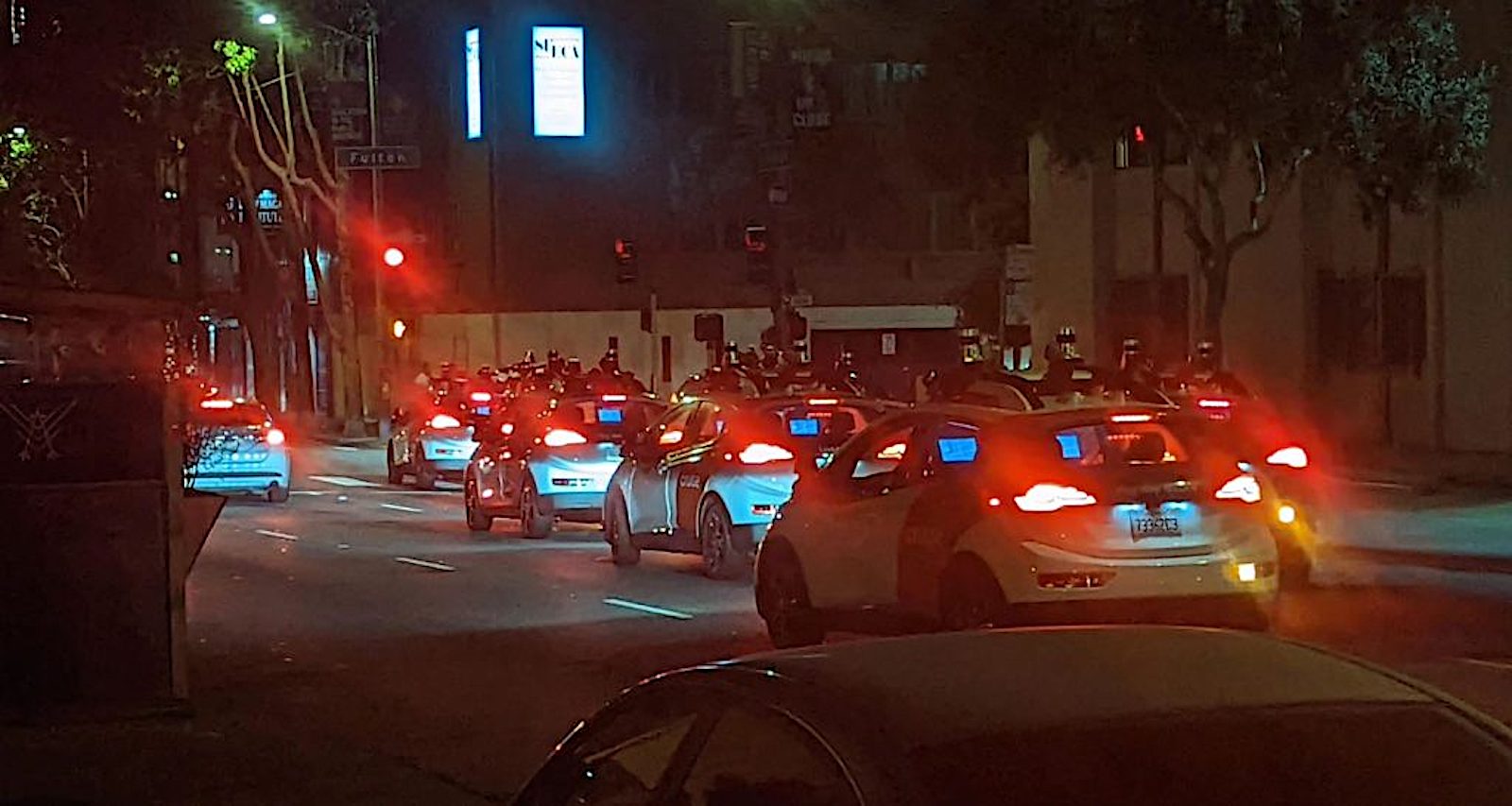
Many city officials in San Francisco were pleased with the suspension, noting the robocabs have been responsible for many traffic issues.
Cruise revises its statement
Cruise initially downplayed its role in the incident, emphasizing that its vehicle stopped quickly after striking the woman. However, it has issued a revised statement.
“In the incident being reviewed by the DMV, a human hit and run driver tragically struck and propelled the pedestrian into the path of the AV. The AV braked aggressively before impact and because it detected a collision, it attempted to pull over to avoid further safety issues. When the AV tried to pull over, it continued before coming to a final stop, pulling the pedestrian forward. Our thoughts continue to be with the victim as we hope for a rapid and complete recovery,” the company said.
Cruise said its data, including onboard video of the crash, now has been turned over to California authorities, as well as the National Highway Traffic Safety Administration which is conducting its own probe.
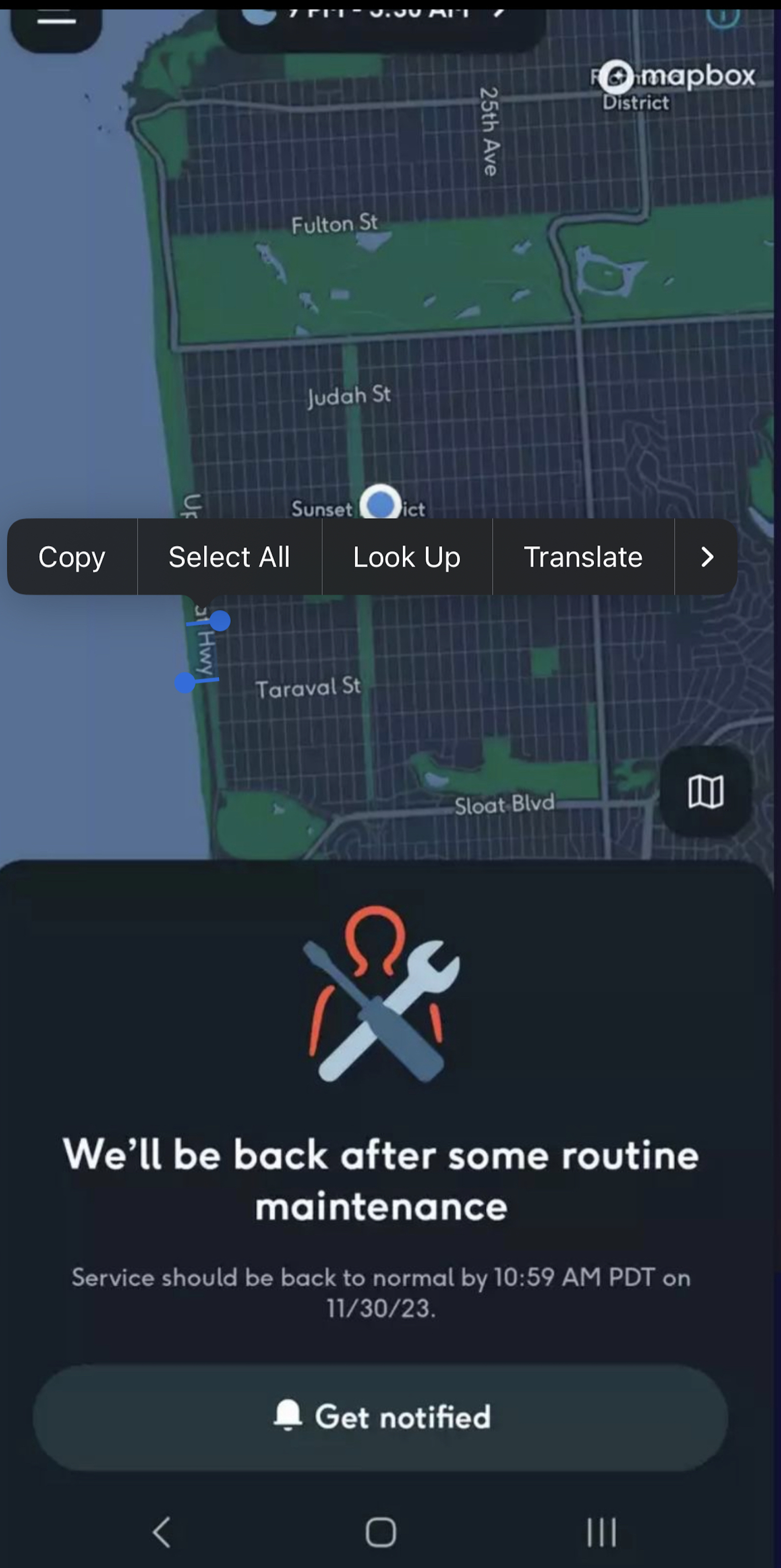
The Cruise app initially showed the service was halted due to routine maintenance, changing later to it was suspended.
Local authorities praise the latest move
The decision to suspend the Cruise permit draw praise from some San Francisco officials, City Attorney David Chiu saying it “vindicates the significant public safety concerns raised by the City.”
California’s DMV said Cruise may be able to reactivate the permit, but only once it “has fulfilled the requirements to the department’s satisfaction.”
No clear timetable for service to resume
Following the suspension of its permit, the Cruise smartphone app was updated, stating “We’ll be back after some routine maintenance,” and indicating “Service should be back to normal by 10:59 AM PDT on 11/30/23.”
The app has since been updated to indicate there is no timeline for robocab service to be restored.
The DMV did not suspend the permit for Cruise’s key competitor, Waymo, which continues operating its fleet in San Francisco.


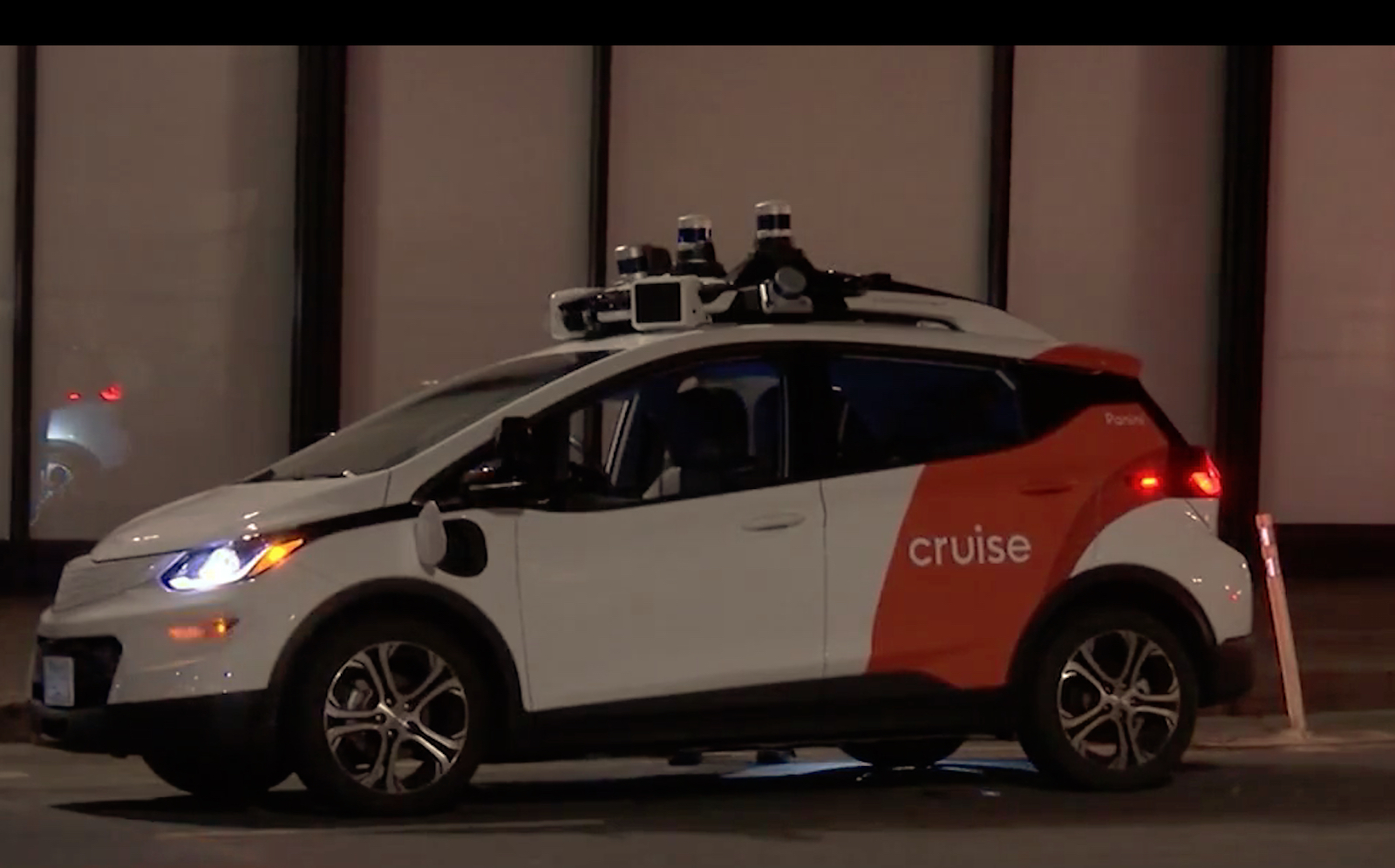
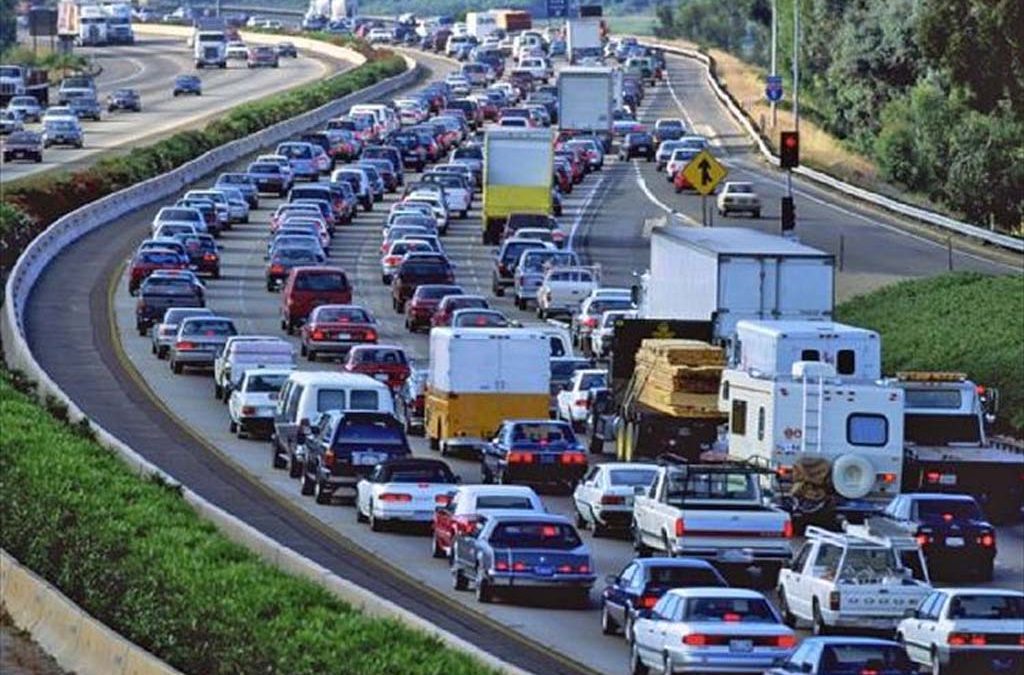
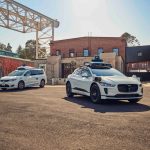
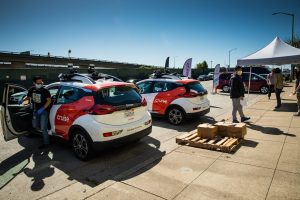

0 Comments